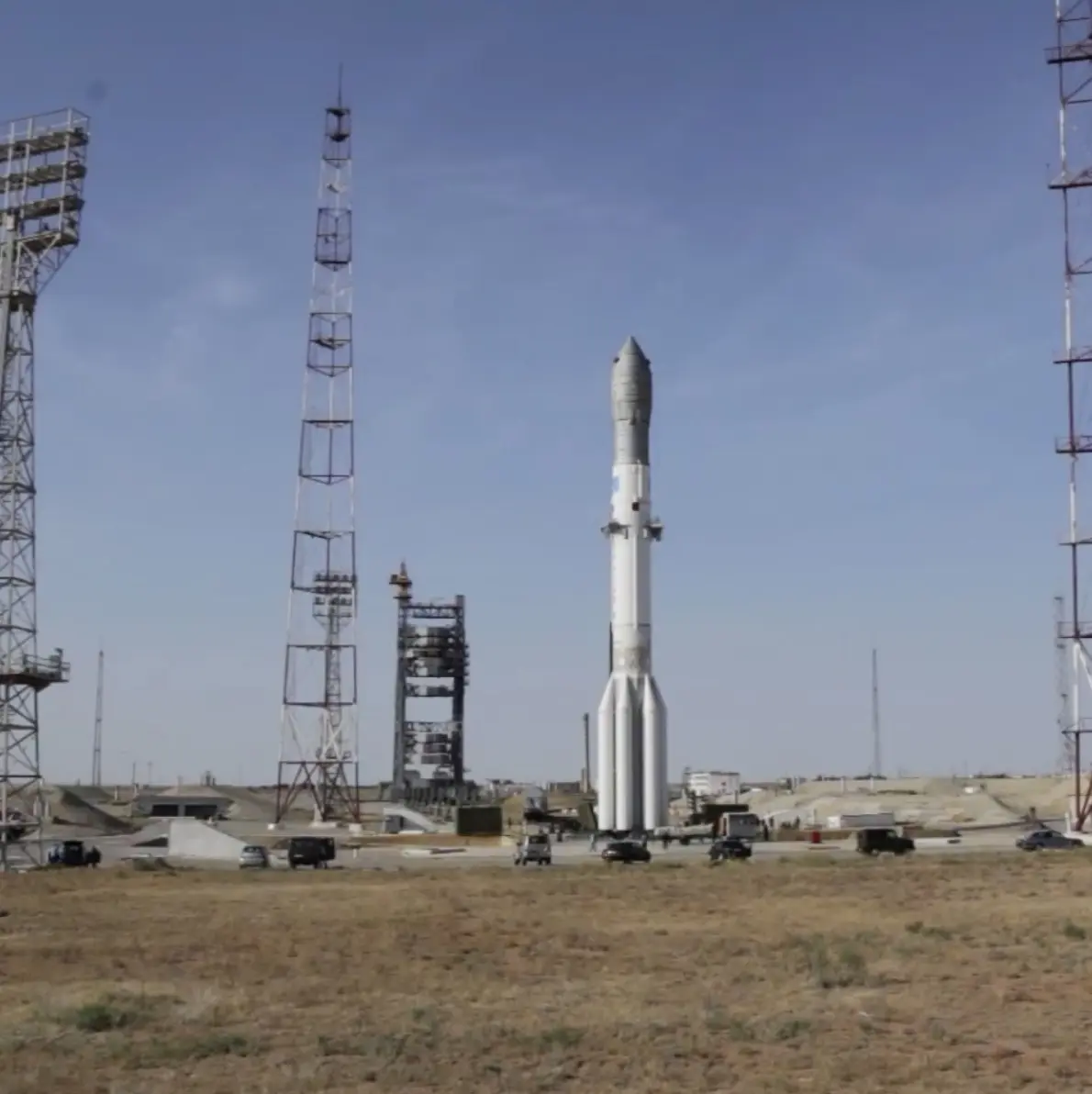Glonass-M Block 43
Launch Failure
Liftoff Time (GMT)
10:25:18
Sunday December 5, 2010
Mission Details
Launch Notes
The launcher deviated from its trajectory, and the Block DM-03 as well as the three satellites fell back into the Pacific Ocean, at approximately 1500km northwest of Honolulu. It appears that the cause is related to the filling of the upper stage Block DM-03.
Glonass-M Block 43
Uragan-M spacecraft are the second generation of GLONASS satellites with an increased lifetime of 7 years following up the first generation Uragan spacecraft. GLONASS (Globalnaya Navigationnaya Sputnikovaya Sistema, Global Orbiting Navigation Satellite System) is a Russian space-based navigation system comparable to the American GPS system, which consists of Uragan spacecraft. The operational system contains 21 satellites in 3 orbital planes, with 3 on-orbit spares. GLONASS provides 100 meters accuracy with its C/A (deliberately degraded) signals and 10-20 meter accuracy with its P (military) signals. The Uragan-M spacecraft are 3-axis stabilized, nadir pointing with dual solar arrays. The payload consists of L-Band navigation signals in 25 channels separated by 0.5625 MHz intervals in 2 frequency bands: 1602.5625 - 1615.5 MHz and 1240 - 1260 MHz. EIRP 25 to 27 dBW. Right hand circular polarized. On-board cesium clocks provide time accuracy to 1000 nanoseconds. A civil reference signal on L2 frequency was added after the completion of flight testing of Glonass-M in 2004 to substantially increase the accuracy of navigation relaying on civil signals.
Medium Earth Orbit
3 Payloads
4,500 kilograms
Rocket


Manufacturer
KhrunichevPrice
$65.00 million
Rocket
Height: 57.24m
Payload to Orbit
LEO: 21,000 kg
GTO: 6,000 kg
Liftoff Thrust
10,027 Kilonewtons
Fairing
Diameter: 4.35m
Height: 10m
Stages
4
Launch Site
Stats
Proton-M
49th
Mission
11th
Mission of 2010
2010
68th
Orbital launch attempt